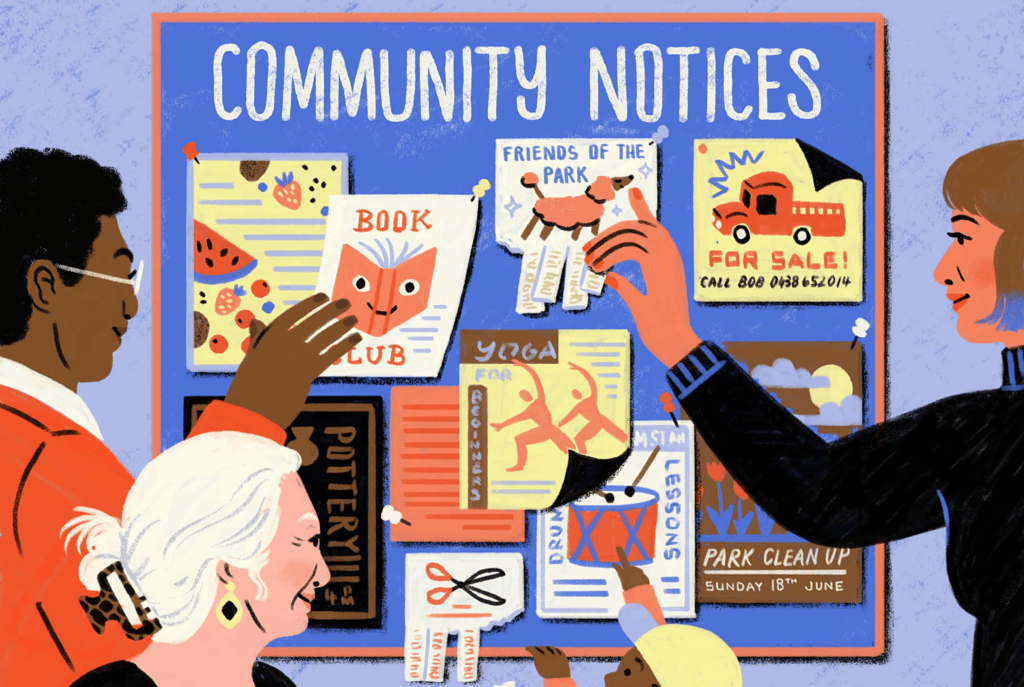Finding Belonging in 2025 The Most Important Lesson I’ve Learned Is I’m Not Alone
In an era of digital distance and social fragmentation this exploration traces one person’s quest for real connection. It examines obstacles, small experiments, and why saying “I’m not alone” may be the first step toward rebuilding community.
SELF-HELP


There is a low hum beneath our everyday lives that many of us carry unnoticed until it becomes insistent: the feeling of being separate. Amid crowded streets, overlapping schedules, social media feeds filled with curated lives we do not share, loneliness seems both personal and universal. What does it take to overcome that separation in 2025 to find community again to feel, truly, that I am not alone?
This inquiry is personal yet rooted in a wider cultural moment. Social isolation, declining civic engagement, and the erosion of neighborliness are no longer abstract problems. They are lived realities. This article draws from the stories, the research, and the small brave acts of reconnecting—to suggest how we might rediscover belonging even when the currents of modern life pull us apart.
Loneliness in Australia and similar societies is intensifying. Nearly one in three people report feeling lonely. Experts warn that weaker social ties correlate with worse mental health, higher stress, poorer physical outcomes, and a diminished sense of agency. The Guardian Studies of civic life show that membership in community organisations, volunteering, informal gathering even meeting someone new have declined markedly. The Guardian
In this context, building community has to be intentional. For the author of “How to find community in 2025: ‘The most important thing I’ve learned is I’m not alone’” the search began with small steps: a running club, an improv comedy course, then moving outward toward neighbourhood houses, language exchanges, volunteering. Each step felt awkward at first. Each step required showing up without guarantee. Yet the accumulation of those steps rewrote something inside: discovery that others are looking too, desire to help too, possibility of shared purpose. The Guardian
What emerges from this experience are several key lessons. First, community often starts in places we might underestimate: local centres, community lunches, informal gatherings rather than grand institutions. The power lies not in scale but in presence. Second, persistence is more important than perfection. Week after week of attending running club or improv, even when energy was low or the reward seemed small, built trust and connection. Over time small gestures—inviting someone home, attending another event—translated into belonging. The Guardian
Third, diversity matters deeply. It is easy to stick with people who are similar, comfortable, familiar—but meaningful community often requires reaching across difference. It means inviting those who are newcomers, migrants, people you might not naturally gravitate toward. It means allowing conversations that are slower, less predictable, less polished. These are among the places where the feeling of “I am not alone” deepens. The Guardian
Fourth, informal volunteering and mutual support are rising as anchors. When formal roles require lengthy forms or bureaucratic overhead, people look to more spontaneous, less mediated ways to give and receive help. These actions—small acts of reciprocity—can become the soil in which community grows. The Guardian
Knowing all this, what might we do now to build a more connected life in 2025?
Start locally and lean in gently. Choose one regular activity that feels possible—a class, club, or group that forces some vulnerability but offers shared purpose. Show up even when the payoff seems small. Over time these commitments compound.
Seek out prosocial work. Volunteering, mentoring, helping neighbours, contributing to shared endeavours give purpose and connection at once. When you contribute without expecting something in return something returns anyway—the sense of usefulness, of ties, of agency.
Welcome diversity intentionally. Let your circle widen. Engage with people who experience the world differently than you. Listen with humility. Seek common ground. Recognise that through those encounters you are changed.
Make space for informal connection. Not every encounter needs utility or planning. Friendly conversations, neighbourhood lunches, shared meals, casual drop-in events—they matter. These weak-tie interactions scaffold belonging in ways that more formal arrangements cannot.
Protect patience. Community rarely emerges overnight. It requires what some may call friction: uncertainty, awkwardness, the discomfort of not knowing. Pressing through those moments opens access to deeper belonging.
Closing Thought
Community in 2025 is not a luxury or a fringe desire. It is essential. When we believe we are alone we carry burdens unnecessarily. When we discover we are not alone we begin to heal, to act more bravely, to give more freely. TMFS believes that rebuilding belonging is among the most urgent work we face. It begins in choices—who we invite in, how frequently we show up, how much vulnerability we allow ourselves. Let each of us take one modest step today toward connection. Attend that event, reach out to that neighbour, volunteer in that way. Gradually we may find that the threads we thought frayed are stronger than they seem.
All rights belong to their respective owners. This article contains references and insights based on publicly available information and sources. We do not claim ownership over any third-party content mentioned.
